by Mike Gulett –
There was a time when there was a classic car auction season. In the US there are the major auctions events in Arizona, Amelia Island and Monterey that get a lot of attention (plus the many excellent events in Europe). But now these auctions are not the only game in town.
We can buy or sell at an auction almost anytime. The on-line auctions, lead by Bring a Trailer, are on everyday with a few hundred vehicles up for auction every week and Mecum has in person auctions across the US every month where they sell thousands of vehicles every year.
As a potential buyer at a classic car auction it can be easy to fall into the trap of buying a car that we may later regret. It is difficult to perform a proper inspection at an auction and test drives are not the norm. Buyers are in a position where they have to trust the integrity of the auction company, or not bid.
Bring a Trailer does not perform due diligence themselves except to confirm the seller has a title to the vehicle. BaT also takes responsibility for the final version of the write up, with the approval of the seller; they tend to be conservative in their descriptions and they encourage the seller to point out defects in the vehicle. The vehicles can be inspected in person with direct contact between the seller and potential buyer. The potential buyer, or their inspector, must go to where the vehicle is located within the time frame of the auction, which is normally 7 days. Much of the due diligence on BaT comes through the comments by BaT readers and it is up to the bidders to decide which commentators are knowledgeable or full of BS.
How much due diligence do in person auction companies perform before they accept a consignment and before they write up the car description for their catalog? Is the chassis number authentic? Has the car really had a “nut and bolt” restoration? Is the documented history of the car accurate? How much of the original racecar was replaced with new body panels and other components after that major racing accident decades ago – or several accidents?
These questions, and many more, can be difficult to answer before it is time to start bidding. But you must try and get as many answers as you can. The answers may cause you to not bid or to bid more aggressively. The answers certainly will impact the price you are willing to pay.
Do your homework on the car of interest before the auction and I suggest due diligence on the auction company as well. Ask your friends who may have knowledge and read about the history of the auction company in question. The more you know the better decisions you can make.
Dirt is not patina – it is dirt and maybe grime – but not patina.
Don’t forget – dirt is not patina and rust is not an asset no matter what the auction catalog says. Dirt and rust are the result of neglect by previous owners.
The dirt on this Ferrari above was not removed by the owner or auction company and the auction company employees who were cleaning every other car were not allowed to touch the dirt on this Ferrari.
Rust is technically patina – however it is damaging patina – an indication of poor care by previous owners.
The rust on the bumpers below is real Aston Martin rust. However, if previous owners allowed this beautiful Aston Martin to deteriorate like this what else did they neglect that you can’t see?
If you decide to bid then set a maximum bid and be sure to calculate in the auction commission plus other costs such as transportation.
Then do not go over that maximum bid because in the heat of the moment and the excitement of the auction atmosphere, which is fueled by the auction company, other attendees and other bidders, it can be easy to go over your limit of what you think the car is really worth, or what you can afford.
Is the auction itself trust worthy? In an in person auction it is legal for the auctioneer to do what is called “chandelier bidding” where the auctioneer creates a bid himself by pointing to someone in the back or perhaps he points to the chandelier. This is legal as long as the bid is below the reserve price, which the auctioneer knows but potential bidders usually do not know. Chandelier bidding does, however, create the allusion of more interest in the car than reality.
It seems to me this cannot be done in an on-line auction because there is not an auctioneer controlling the auction. However, buyers must be aware that it is possible that a bidder could place a bid on behalf of the seller to advance the bid without really intending to buy the vehicle. The bidder could be working in concert with the seller and thus know the reserve and not bid over the reserve like a chandelier bid. I believe this is not legal but is very hard to detect since the bidders are anonymous.
In sum…
Back to the question, can we trust classic car auction companies? I think we can trust some classic car auction companies but we must trust ourselves more, just like most things in life.
Let us know what you think in the Comments.

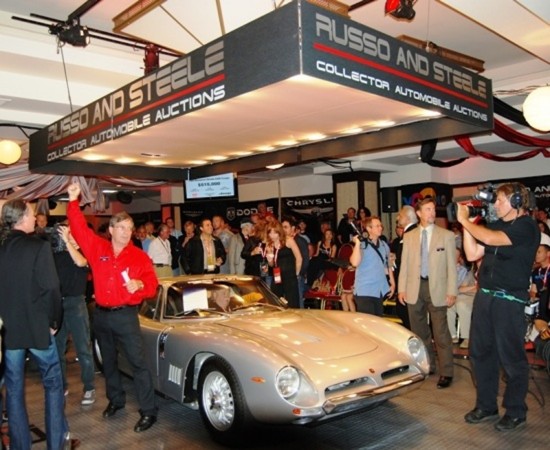
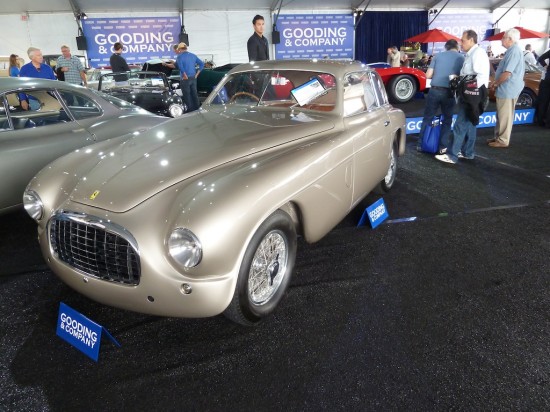

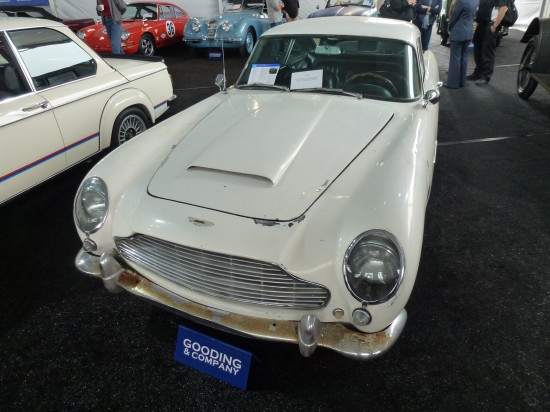
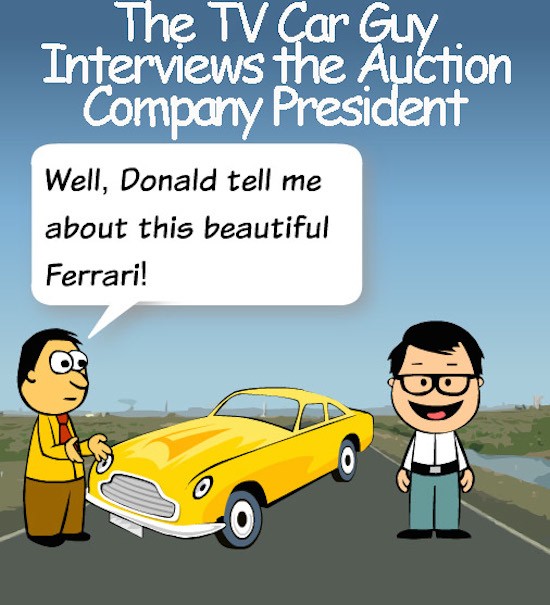
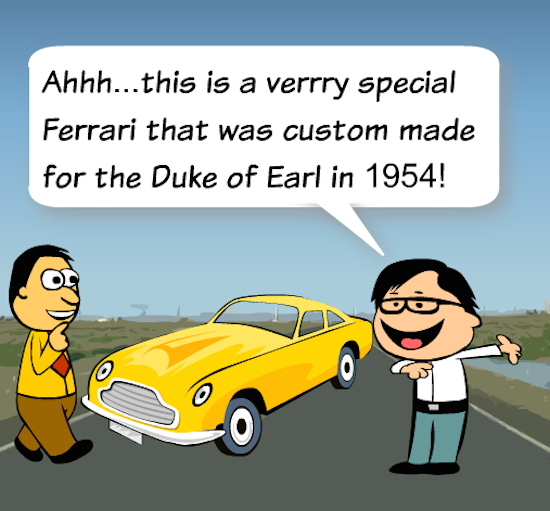
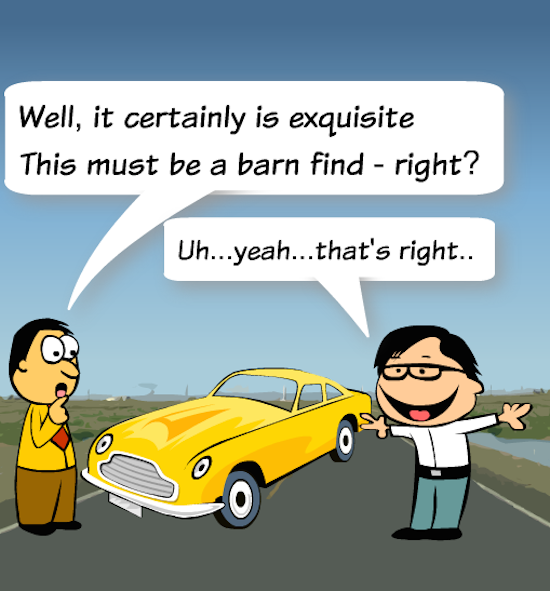
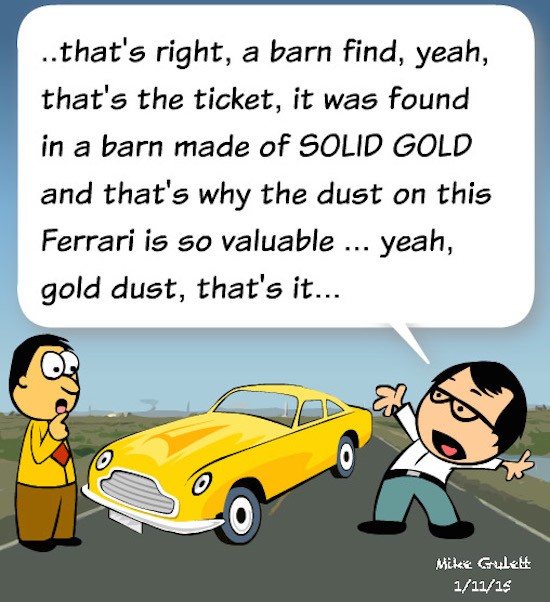
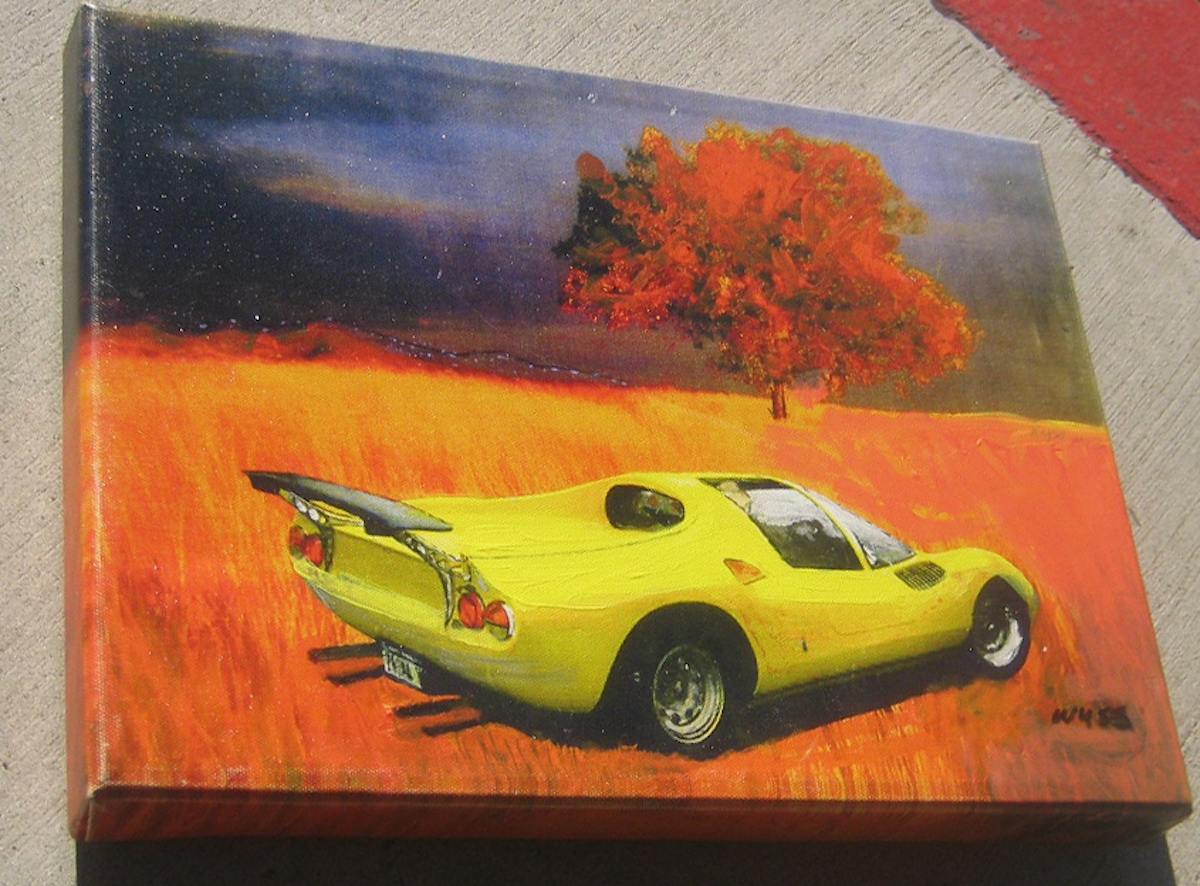

Excellent written text, thank you. I can offer an article (English text) examining the differemce between “original” vs “authentic” by means of exitsing cars.
In case you are intersted please let me know.
Martin Schroeder
Hi Martin,
Yes, I am interested, please send to me at Michael.gulett@gmail.com
Thank you.
Hi Martin,
I attend several auctions per year and occasionally go on BAT to see a particular make and model of car and your comment about “original versus authentic” struck a chord regarding what’s written and said about cars before and during the auctions.
“Correct engine” (perhaps the equivalent of authentic?) and similar statements about a car being sold imply originality and some of the descriptions are so artfully worded I can imagine several people sitting around conjuring up ways to make an aftermarket or service part sound like it was installed on the assembly line.
As with Boris, I would enjoy reading the article you referenced if you’d be willing to share it.
Best wishes,
Alex
Martin’s article has been posted today here – https://mycarquest.com/2023/06/a-million-dollar-fraud-with-porsche-race-cars.html
Mike, You were classic bidding at the auction You bought the Bizzarrini.
Your auction was featured as one of the best of the year featured in a special tv show of auctions.
Years later I had lunch with one of the other bidders and his wife that was in your auction. The gentleman with the long beard is a famious surgeon. When he heard of the background of that Bizzarrini he said he wished he had kept bidding. I think it would have been well cared for there also.
But it would have been difficult to have been treated better than it was with you.. Although it would not likely ever repeate the adventures it had when only a new car nobody recognized and was used as Dr. Bizzarrini hoped in a time that roads were less crowded and by an owner who had unique certification. Nice Going Mike. And thank you for your special care
It is always good to hear from you Ken.
Good article. All I can say in many of these cases are “caveat emptor”.
Martin Schröder would you be willing to share that article “original” vs “authentic” with anyone else, I would be interested in reading that.
I was in some auction company office when some owner of a car called after being told the buyer had found the car mis-represented and would he please pick up his car. The purchase was being unwound, I felt sorry for the seller because the caller had more clout. God knows how many miles the buyer had probably racked up on it–maybe above redline! I wish a deal could be a deal.
Great article Wallace.
Your statement about BaT was very apropos: “Much of the due diligence on BaT comes through the comments by BaT readers and it is up to the bidders to decide which commentators are knowledgeable or full of BS.”
There was a sale a few months ago of a make and model I’m familiar with and it was plain which commenters knew what was important to the value of the car versus those of others who had picked up jargon and tidbits of irrelevant information that have little bearing on the value and/or originality of the car and its myriad parts…………and they beat those type comments into the ground while likely puffing out their chests as they typed. That, to me, seems the biggest flaw with BaT as the seller can be put in a very defensive position by people who don’t know what they’re talking about. I wonder if sellers have any recourse if they believe their sale was compromised by “misinformation”?
Also, you were spot on regarding setting a maximum price in advance and being certain to include the buyer’s commission, transportation and other costs in the total you’re willing to spend. A friend showed me what discipline looks like at one of the Amelia Island auctions and it was very impressive. He bid to near his maximum and, when another bidder went to just below his maximum, he bid the requested increment (made his bid very slightly over his maximum) but no further. He lost to the other bidder by the next incremental bid but was not bothered by losing the car. That would be hard for me if I liked the car and was so close………what’s one more bid?
Alex,
This article was written by Mike Gulett, including the cartoon.
That is a good question you ask about BaT but I suspect that BaT has well written Terms & Conditions that make it clear they are not responsible for anything written by a commentator.
Whoops. My age is catching up with me. I had Wallace on my mind from another article and dove right in with my comments without noticing.
Thanks again for the article, Mike. It was well written and comprehensive and a good resource for people thinking about buying at an auction. I know I was very unsure of myself when I first bought at an auction and your advice would have saved me some grief.
Best wishes.
Putting the definition of Patina aside for a moment, I would much rather have any classic car in original condition over one completely restored, which today is completely over the top and no where similar to when the car was built new. Fred in Philly knew exactly what I am referring to.